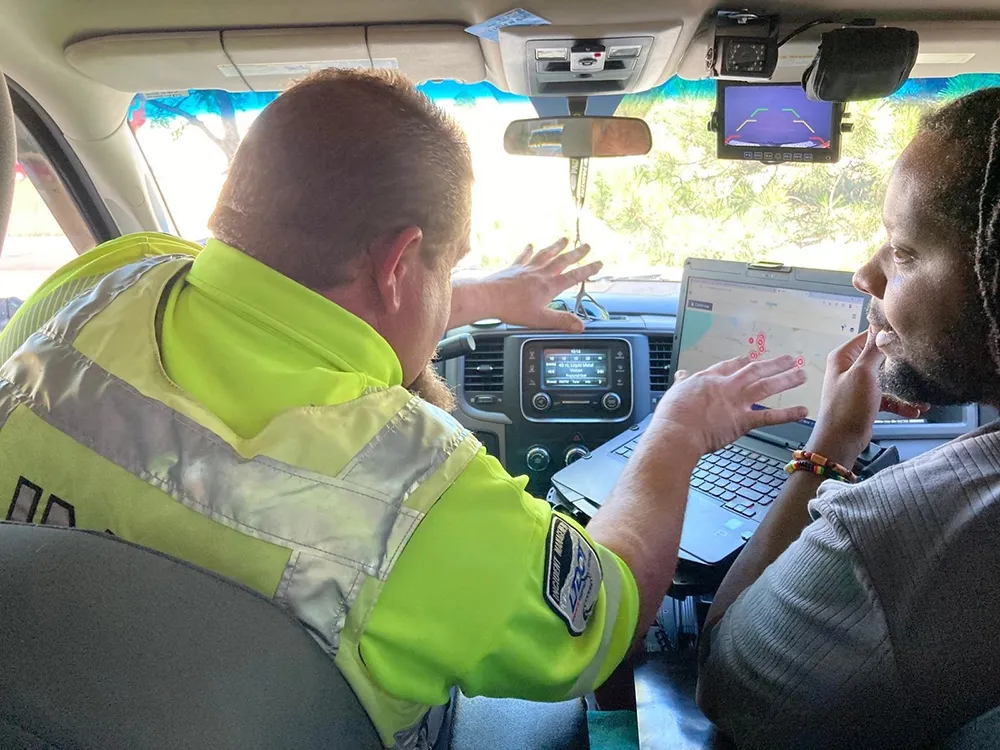Hong Kong is allocating US$12.8 million for a new traffic and incident management system (TIMS) that will also enable dissemination of real-time traffic and transport information, commissioner for transport, Joseph Lai Yee-tak, has announced. It is planned that the new system will be tested and commissioned during 2015.
Hong Kong’s existing Emergency Transport Coordination Centre (ETCC), which handles around 3,000 incidents a year, and growing, is largely manually operated and doesn’t have data sharing capabilities to enable dissemination of real-time traffic and transport information to the public.
The new TIMS will be a computerised system with the most modern capabilities, including real-time traffic information from closed-circuit televisions, journey times, traffic speeds, and density data, and the ability to perform automatic incident detection, as well as a data platform to disseminate real-time traffic and incident information. In addition, the new TIMS will include a knowledge-based expert system to generate traffic and transport contingency plans and initiate pre-set incident response actions to reduce traffic incident duration and speed up deployment of emergency response teams.










